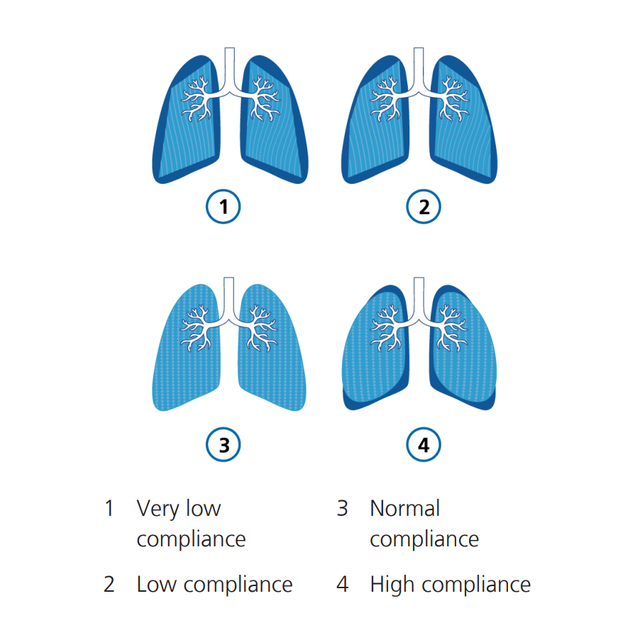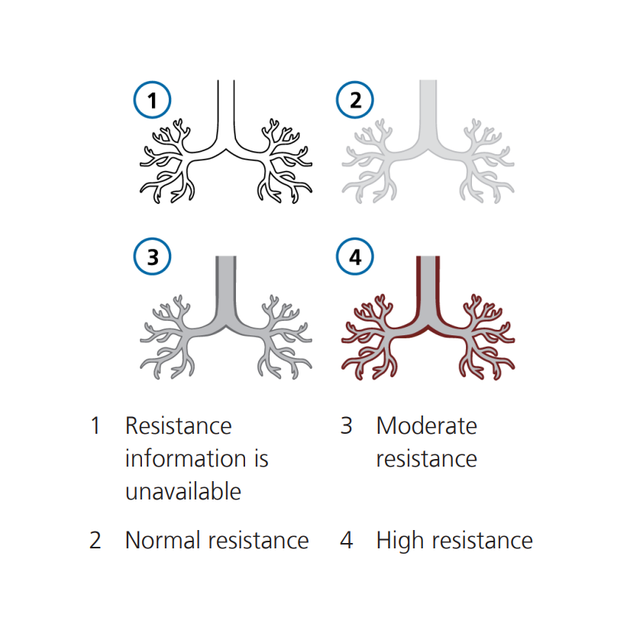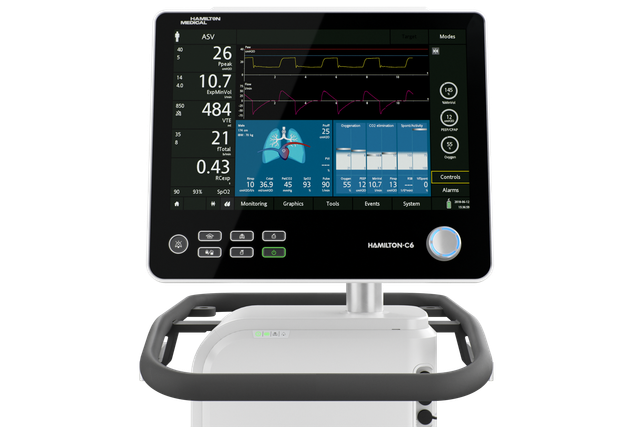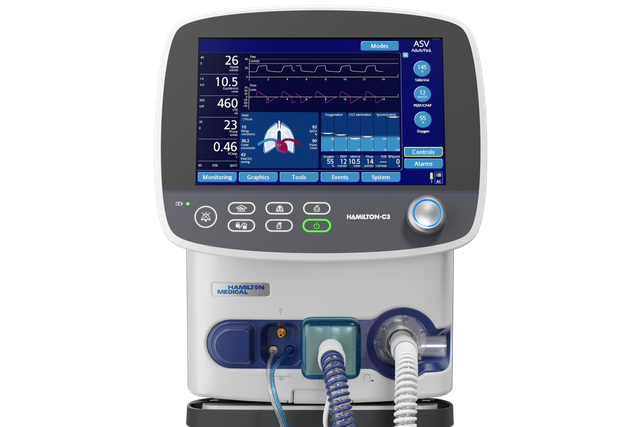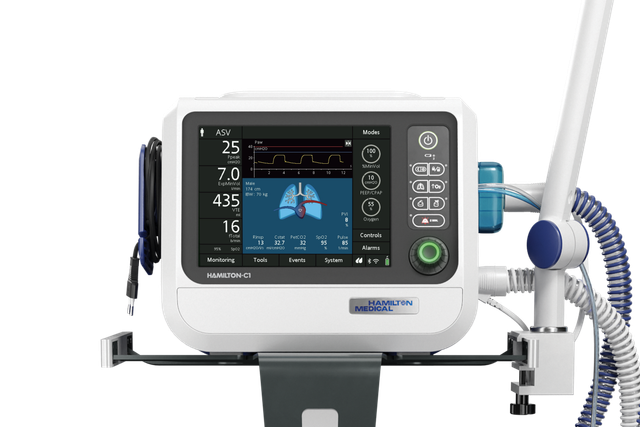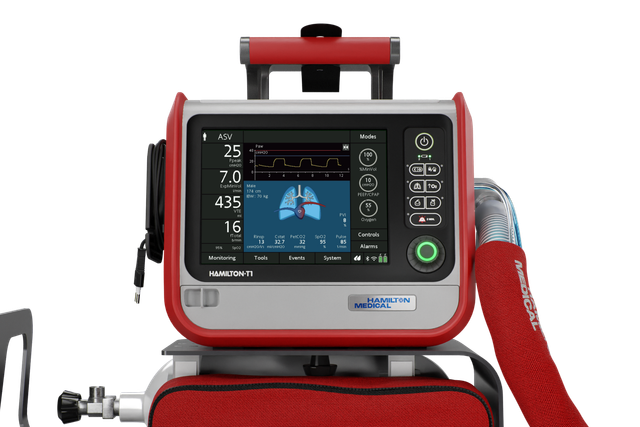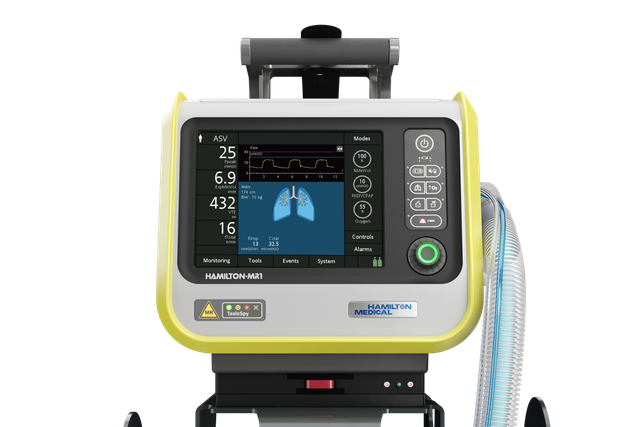
Unsere Vision. Eine Oberfläche für alle
Ob das Gerät auf der Intensivstation, in MRT‑Räumen oder während des Transports eingesetzt wird ‑ die Benutzeroberfläche all unserer Beatmungsgeräte wird identisch bedient.
Unser Ventilation Cockpit integriert komplexe Daten in intuitive Grafiken.
Die Inspiration. Grafische Darstellung komplexer Daten
Eine Studie belegt, dass numerische Anzeigen und Kurvenanzeigen nicht ausreichen, um das klinische Personal optimal in seiner Arbeit zu unterstützen (
Die Inspiration für unser Ventilation Cockpit stammt aus Flugzeugcockpits, in denen komplexe Daten integriert und leicht verständlich grafisch dargestellt werden.
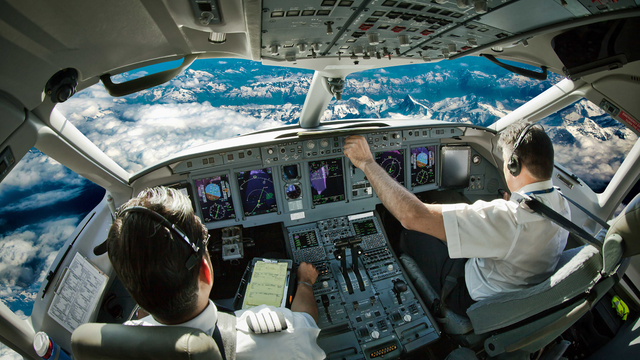
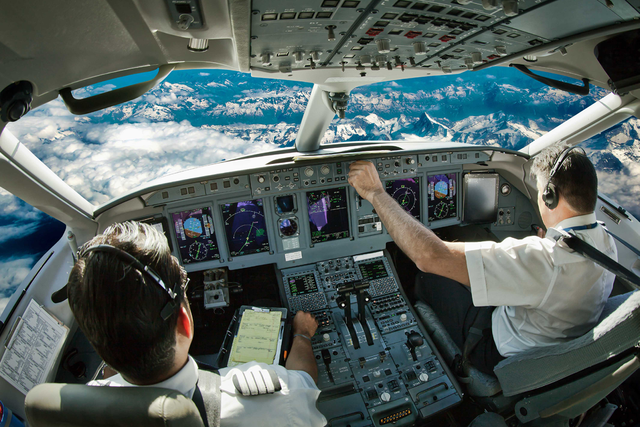
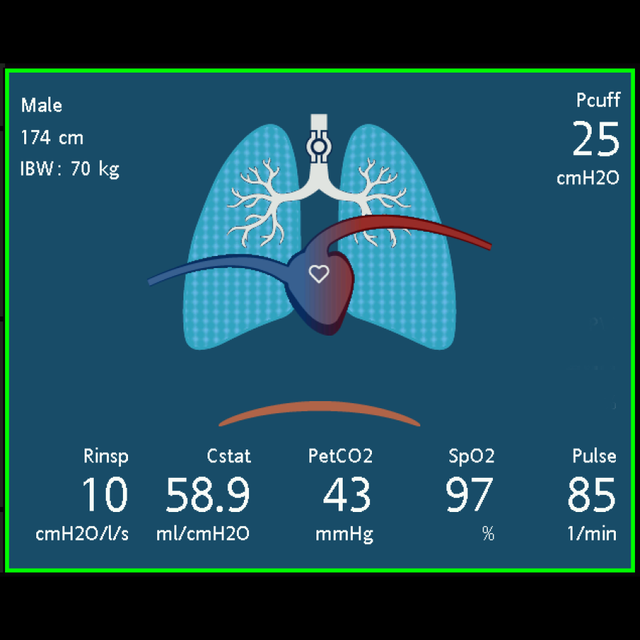
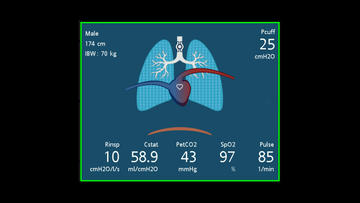
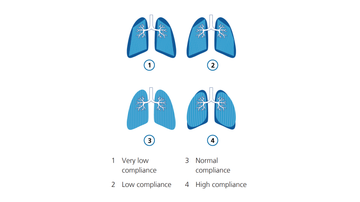
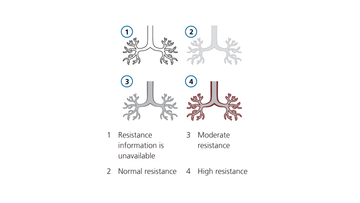
Sagt mehr als 1000 Worte. Die grafische Darstellung „Dynam.Lunge“
Die grafische Darstellung „Dynam.Lunge“ stellt die Monitoring‑Daten unten visuell in Echtzeit dar. Wenn alle Werte im normalen Bereich liegen, ist die Grafik grün eingerahmt.
Die Lunge dehnt sich synchron zu den tatsächlichen Atemhüben aus und zieht sich zusammen, basierend auf dem Signal des proximalen Flow‑Sensors. Die Lungengrösse wird im Verhältnis zur erwarteten Lungengrösse für die Grösse des Patienten angezeigt.
Das animierte Zwerchfell unterhalb der Lunge veranschaulicht die Spontanaktivität des Patienten.
Wenn der integrierte Cuff‑Druck‑Kontroller IntelliCuff angeschlossen und aktiv ist (
Der Bronchialbaum zeigt für jeden Atemhub die Resistance im Verhältnis zur Grösse des Patienten an. Die Farbe des Bronchialbaums zeigt die relative Resistance an.
Der numerische Wert wird ebenfalls angezeigt.
Die Form der Lunge verändert sich für jeden Atemhub mit der Compliance (Cstat) im Verhältnis zur Grösse des Patienten. Der numerische Wert wird ebenfalls angezeigt.
Wenn die SpO2‑Option (
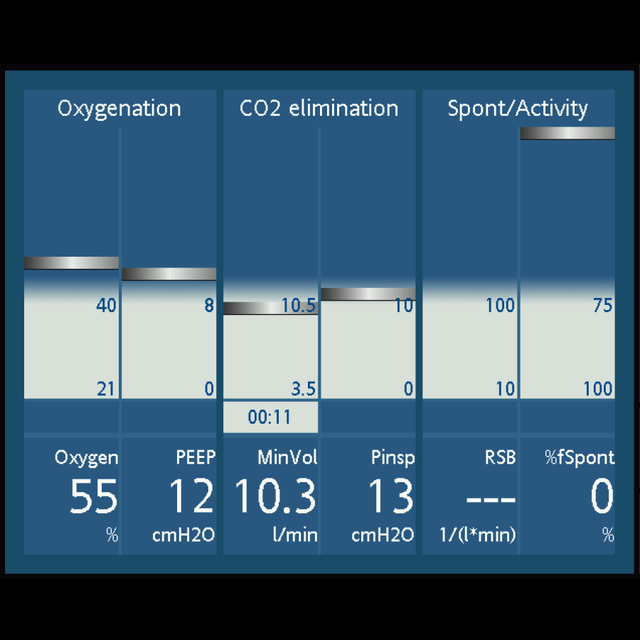
Entwöhnungsbereit? Die Grafik „Beatm.Status“
Die Grafik „Beatm.Status“ stellt sechs Parameter im Zusammenhang mit der Abhängigkeit des Patienten vom Beatmungsgerät dar. Dazu gehören Oxygenierung, CO2‑Eliminierung und Patientenaktivität.
Eine bewegliche Anzeige in der Säule gibt den Wert für einen bestimmten Parameter für jeden Atemhub an. Wenn die Anzeige den grauen Entwöhnungsbereich erreicht, wird ein Timer gestartet, der zeigt, wie lange dieser Wert bereits im Entwöhnungsbereich liegt.
Wenn sich alle Werte im Entwöhnungsbereich befinden, ist die Farbe des Rahmens um die Grafik grün. Dadurch wird angezeigt, dass spontane Atemversuche in Betracht gezogen werden können.

Kundenstimmen
Meiner Erfahrung nach ist die dynamische Lunge sehr hilfreich, da eine rein numerische Anzeige vor allem von unerfahrenen Therapeuten nicht immer einfach zu deuten ist. Die grafische Darstellung hingegen ist leicht verständlich.
Craig Jolly
Ausbildungskoordinator
University Medical Center, Lubbock (TX), USA
Verfügbarkeit
Das Ventilation Cockpit ist eine Standardfunktion bei allen unseren Intensivbeatmungsgeräten.
Fußnoten
- A. Beim HAMILTON‑C6/G5/S1 als integrierte Option und beim HAMILTON‑C3 als eigenständiges Gerät verfügbar.
- B. Beim HAMILTON‑MR1 nicht verfügbar.


